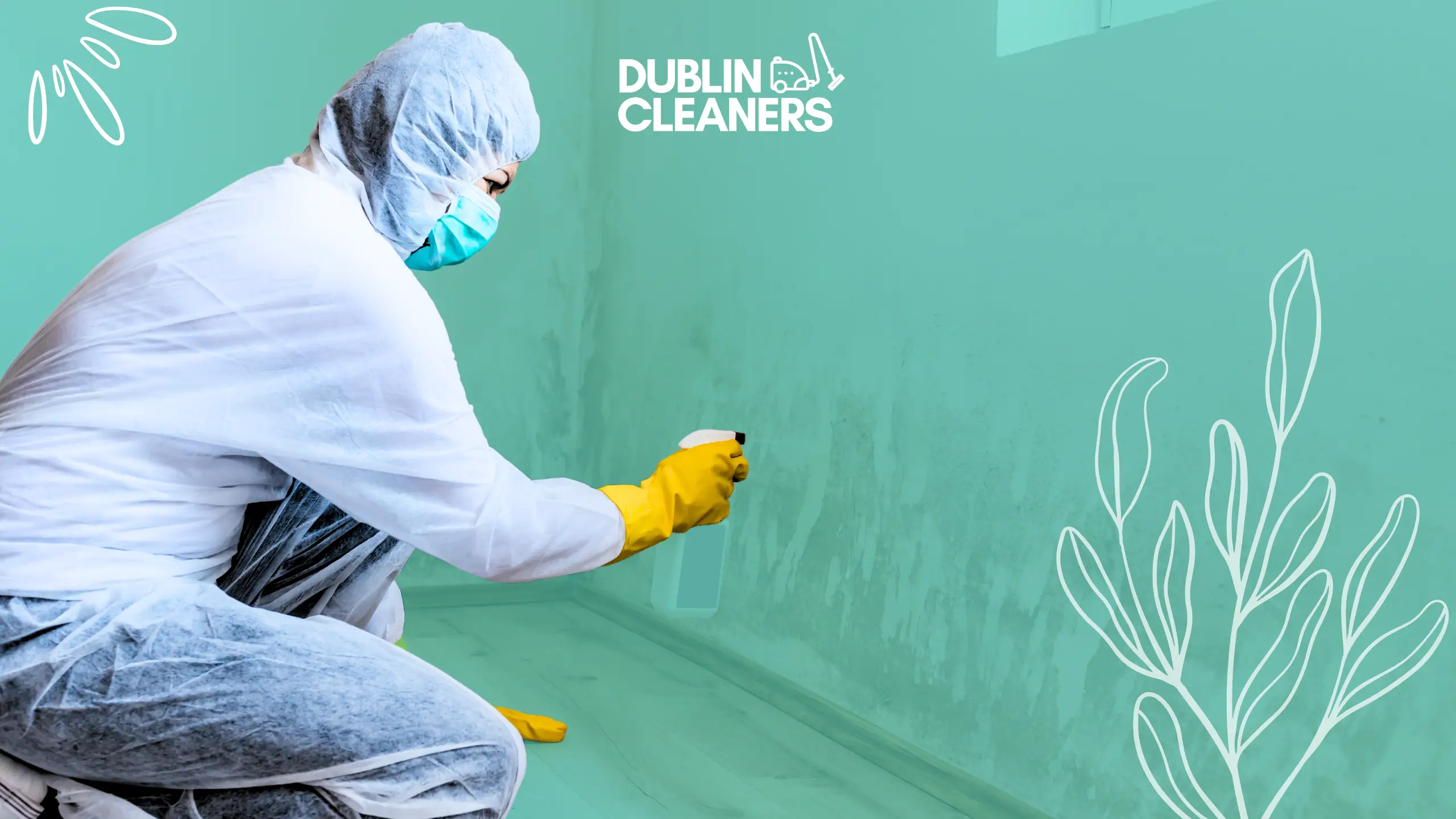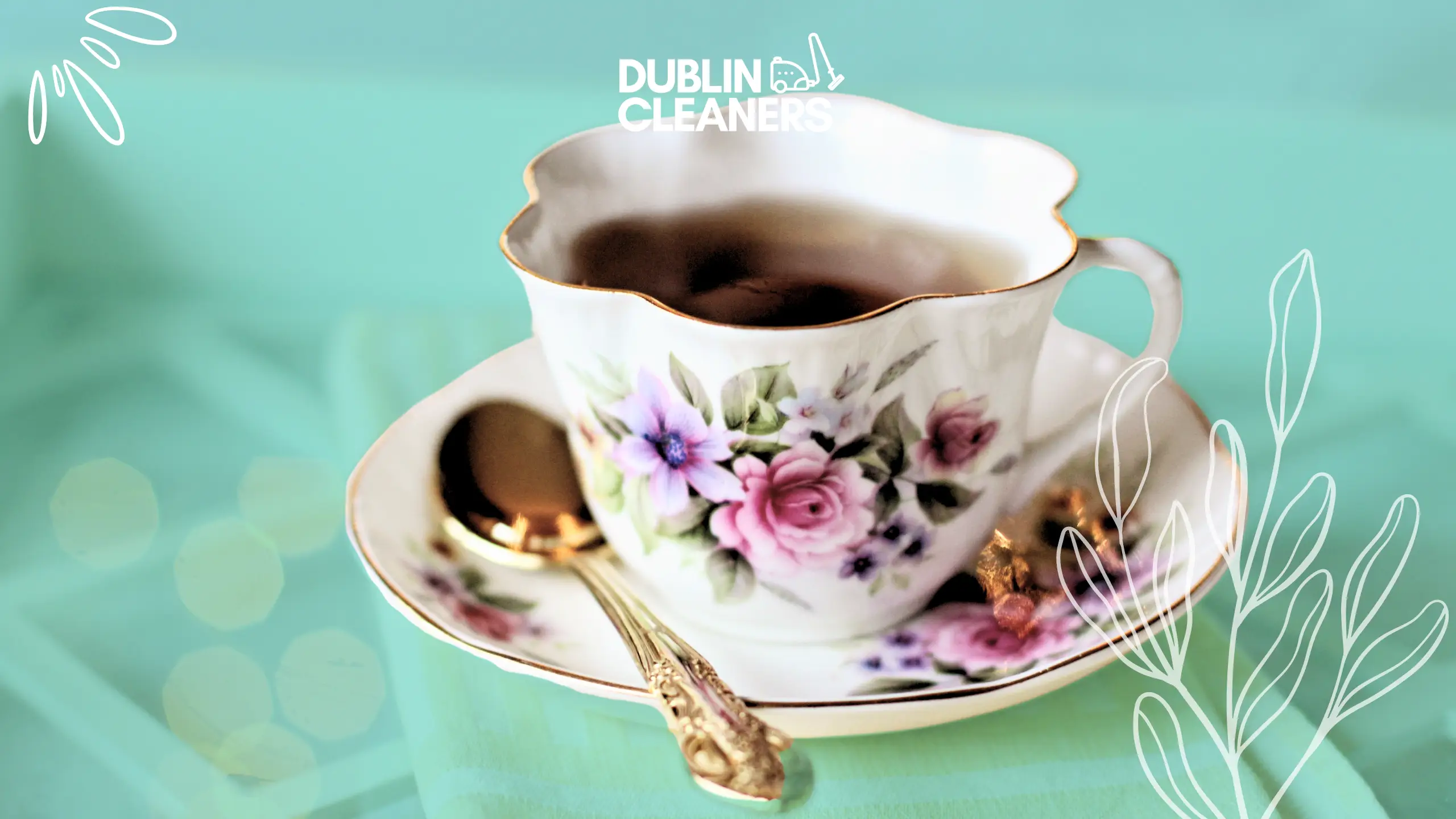Dealing with mould on walls is a common household challenge, but fear not – we’ve got you covered! Start by mixing a solution of one part bleach to three parts water. Wear protective gear, then scrub the affected areas with the solution using a brush. Rinse thoroughly with clean water and allow to dry completely. For stubborn mold, consider using a commercial mold remover. Prevent future growth by improving ventilation and reducing humidity levels in your home. Mold can cause health issues such as respiratory problems, so it’s essential to tackle it promptly and effectively. Let’s drive into the details:
Key Takeaways
- Regularly inspect your walls for signs of mould to address the issue promptly.
- Use a mixture of water and detergent to clean small mould patches on walls.
- Address dampness in walls by fixing leaks and improving ventilation to prevent mould growth.
- Apply mould-resistant paint to walls after cleaning to inhibit future mould development.
- Consider seeking professional help for extensive mould infestations or persistent issues.
- Maintain a dry environment by controlling humidity levels and promptly repairing any water leaks.
Understanding Mould
Causes Explored
Excess moisture from leaks or humidity is a primary source of mould growth on walls. Structural issues like cracks in walls can trap moisture, promoting mold development. Poor ventilation inhibits air circulation, exacerbating the mould problem.
Condensation forms when warm air meets cold surfaces, creating a damp environment ideal for mould. Addressing these root causes is crucial in preventing recurrent mould problems at home.
Mould vs Mildew
Mould appears fuzzy and can be green, black, or other colours, while mildew is powdery and typically white or grey. Mould thrives in damp areas with organic material, while mildew prefers flat surfaces like bathroom walls.
Identifying the type of fungus, like mold, is essential as treatment methods vary. If unsure whether it’s mould or mildew, consult a professional to accurately diagnose the issue.
Types Explained
Common household mould types include Aspergillus, which can cause respiratory issues, and Stachybotrys, known as black mold. Different fungi pose varying health risks, highlighting the importance of early detection and eradication.
Recognising mould by its appearance and texture aids in determining the appropriate cleaning approach. Seek expert advice if dealing with persistent or extensive mold infestations.
Identifying Problem Areas
Damp Detection
Spot early signs of damp by checking for musty odours, discoloured patches on walls, or mold. Regularly inspect affected areas like basements, bathrooms, and kitchens for any signs of dampness. Prevent health problems by addressing damp promptly to avoid mould growth and respiratory issues.
Condensation Issues
Common causes of condensation include poor ventilation and high humidity levels in homes. Condensation can lead to dampness, creating an ideal environment for mould to thrive. Reduce condensation and mold by opening windows, using extractor fans, and ensuring proper air circulation.
Initial Cleaning Steps
Three-Step Cleaning
Preparing Walls
- Understand the importance of preparing walls before treating damp or mould.
- Learn how to properly clean and dry walls to ensure effective treatment.
- Discover the significance of addressing underlying issues before painting walls.
Cleaning Mould
- Explore safe and effective methods for cleaning mould from walls.
- Learn about natural and commercial cleaning solutions for mould removal.
- Understand the importance of protective gear when cleaning mould-infested areas.
Drying Areas
- Discover the best techniques for drying damp areas in your home.
- Learn how proper ventilation can aid in drying out damp walls.
- Understand the importance of thorough drying to prevent mould regrowth.
Treating Damp Walls
Before Painting
Before painting damp or mold-affected walls, take essential steps to ensure a successful outcome. Start by thoroughly cleaning the walls with a mixture of water and detergent. Scrub the affected areas using a brush to remove any visible mould or mildew. Next, allow the walls to dry completely before proceeding with any further treatment.
To prevent future issues like mold, it is crucial to use damp sealants on the walls. These sealants create a protective barrier that helps to keep moisture at bay, reducing the chances of mould growth. They provide a smooth surface for painting, ensuring a professional finish that lasts longer.
Ensuring a smooth and long-lasting paint finish on treated walls involves proper preparation. After applying the damp sealant, allow it to dry completely before painting. Use high-quality paint designed for damp environments to prevent mold and achieve the best results. By following these steps diligently, you can effectively address mould issues and protect your walls from future damage.
Permanent Removal
For permanent removal of mould, consider exploring professional treatments for severe infestations. Professionals have access to advanced techniques and products that can eradicate mould more effectively than DIY methods. They can offer expert advice on preventing regrowth of mold in the future.
Addressing underlying issues is paramount for permanent mould removal. Identify and fix any sources of moisture that may be causing the mould growth, such as leaks or poor ventilation. By tackling these root causes, you can ensure that the mold problem is eliminated for good.
Preventive Measures
Stopping Condensation
To prevent mold growth on walls, ensure to tackle condensation effectively. Maintain low humidity levels indoors. Improve ventilation to reduce moisture accumulation and inhibit mould formation.
Understanding the importance of controlling condensation is crucial. By implementing strategies to minimize moisture build-up, you can significantly reduce the risk of mould growth. Adequate ventilation plays a vital role in keeping indoor spaces dry and free from dampness and mold.
Effective prevention of condensation, which can lead to mold, involves maintaining optimal humidity levels in your home. Regularly monitor and regulate humidity to prevent excess moisture that can lead to mould growth. Proper ventilation systems aid in circulating air and preventing stagnant, humid conditions.
Long-Term Strategies
For a lasting solution against dampness and mould, consider adopting long-term preventive measures. Lifestyle adjustments such as proper ventilation, reducing clutter, and using dehumidifiers can help maintain a dry environment free from mold. Regularly inspecting for leaks or water damage is essential for early detection and prevention of mould growth.
Implementing routine maintenance practices is key to sustaining a mould-free environment. Conduct regular checks for leaks, repair any damaged seals or pipes promptly, and address any signs of water ingress immediately. By staying proactive with maintenance tasks, you can effectively combat mold issues before they escalate.
Painting Over Mould
Preparing Surfaces
Preparing surfaces is crucial before painting to ensure the effective removal of mold stains. By cleaning the walls thoroughly with a mask, you can prevent mould regrowth. Properly priming the surface seals it, preventing future mould infestations.
To clean surfaces effectively, use a mixture of water and stain-killing detergent. Scrub the walls with this solution to remove any existing mould. Once dry, apply a primer specifically designed to combat mould growth. This step ensures that the paint adheres well and lasts longer even in damp conditions.
Choosing the right paint is essential for areas prone to dampness. Opt for anti-mould paints that contain fungicides to inhibit mould growth. Moisture-resistant paints are also ideal for maintaining walls’ integrity in humid environments, preventing moisture seepage and subsequent mould formation.
Choosing Paints
When selecting paints for damp areas, consider options like mould-resistant and anti-condensation paints. These types provide added protection against moisture and fungi, ensuring your walls stay clean and healthy. The correct paint finish plays a vital role in protecting surfaces from moisture penetration.
Explore finishes like satin or semi-gloss for better resistance to moisture and easier cleaning in high-humidity spaces. Matte finishes are suitable for low-humidity rooms but may not withstand damp conditions well. Choose paints that not only enhance your walls aesthetically but also provide long-term protection against mould growth.
Advanced Solutions
Professional Surveys
Professional surveys provide accurate assessments of damp and mould issues in homes. Experts use specialised equipment to detect hidden problems. They offer customised solutions based on individual property conditions.
Experts assess the extent of damp by measuring humidity levels and identifying water sources. They recommend appropriate treatments to prevent further mould growth. Professional advice is crucial for addressing complex mould problems effectively.
Permanent Solutions
Permanent solutions involve eliminating the root cause of dampness to prevent future mould growth. Advanced treatments like mould encapsulation ensure long-lasting results. Investing in permanent mould removal guarantees a healthy living environment for your family.
To tackle severe mould infestations, consider installing proper ventilation systems or dehumidifiers. These solutions not only address existing issues but also prevent reoccurrence of mould problems. Long-term benefits include improved indoor air quality and reduced health risks associated with mould exposure.
Maintenance Tips
Regular Checks
Regularly checking for mould is an expert tip to maintain a healthy home environment. Establish a routine to inspect walls, ceilings, and corners where dampness can lead to mould growth. Early detection is crucial in preventing extensive mould infestations.
Incorporating regular checks into your maintenance routine helps in identifying mould issues promptly. By inspecting problem areas frequently, you can address mould growth before it spreads extensively. This proactive approach saves time and effort in the long run.
Healthy Living Spaces
Maintaining a mould-free environment is essential for promoting good health. Dampness and mould can have adverse effects on respiratory health, exacerbating conditions like asthma and allergies. Ensuring a clean and dry living space is key to preventing such health issues.
Simple lifestyle changes, such as improving ventilation and reducing humidity levels, play a significant role in creating a healthier living environment. By keeping your home free from mould, you create a space that fosters well-being and supports overall health.
Closing Thoughts
Now that you’ve grasped the ins and outs of tackling mould on your walls, you’re equipped with the knowledge to keep your living space clean and healthy. By following the steps outlined, you can bid farewell to unsightly mould and its potential health hazards. Remember, prevention is key – staying vigilant and addressing dampness promptly will save you time and effort in the long run.
Take charge of your indoor environment by implementing these strategies. Regular maintenance and swift action against mould not only enhance the aesthetics of your home but also safeguard the well-being of you and your loved ones. With these tips at your disposal, maintaining a mould-free home is well within reach.
Frequently Asked Questions
How does mould develop on walls?
Mould develops on walls due to excess moisture, poor ventilation, and darkness. These conditions create a breeding ground for mould spores to thrive and spread.
What are the initial cleaning steps for removing mould from walls?
To clean mould from walls, start by wearing protective gear, scrubbing the affected area with a mixture of water and detergent, rinsing it thoroughly, and drying the wall completely.
Can painting over mould be a long-term solution?
Painting over mould is not a long-term solution as the mould will continue to grow underneath the paint layer. It’s crucial to address the root cause of moisture and remove mould before painting.
How can I prevent mould from reappearing on walls?
To prevent mould from reappearing on walls, ensure proper ventilation, fix any leaks promptly, maintain low indoor humidity levels, use anti-mould paint or additives, and regularly inspect problem areas.
Are there any advanced solutions for severe mould infestations?
For severe mould infestations, consider hiring professionals for thorough remediation. They have specialised equipment and expertise to safely remove extensive mould growth and address underlying moisture issues effectively.





